Noordwijk, Netherlands — The VERON Afdeling Leiden warmly welcomes radio enthusiasts in the broader Leiden region. As a local chapter of the Vereniging voor Experimenteel Radio Onderzoek in Nederland (VERON), it serves as a central point for members and interested individuals to engage with the fascinating world of amateur radio.
Meetings and Accessibility
The chapter holds its regular meetings on the third Tuesday of every month, with the exception of July. These gatherings take place at Herenweg 307, 2201AJ, Noordwijk, with the entrance located via Achterweg. While meetings officially begin at 8:00 PM, the doors are typically open from 7:30 PM, fostering a relaxed atmosphere for early arrivals and informal discussions.
The location is easily accessible:
- By Car: Take the N206 between Noordwijk and Katwijk, exit at Rijnsburg/Katwijk-Noord, and drive a short distance towards Noordwijk. A Google Map link is provided for convenience.
- By Public Transport: Bus line 20 from Leiden Centraal offers a convenient route.
Non-members are always welcome to attend and experience the vibrant community.
Amateur Radio Licensing
For those interested in becoming licensed radio amateurs in the Netherlands, two main registrations exist: the N (Novice) registration and the F (Full) registration. Both require passing an exam, with the Novice exam being simplified. While telegraphy (Morse code) endorsements are still possible, formal telegraphy exams are no longer organized in the Netherlands. Dutch amateurs often travel to countries like Belgium to take these exams. Notably, Dutch amateur radio registrations are recognized throughout the entire European Union and in several countries beyond.
Community Engagement and Recognition
VERON Afdeling Leiden actively keeps its members informed through a regular email newsletter. Individuals can subscribe to this free newsletter via the chapter's contact page.
The chapter also offers a unique "Regio R-28 Award," encouraging activity within its regional boundaries. To earn this award, participants must accumulate a total of 20 points:
- Each contact with a VERON Regio 28 radio amateur counts for 1 point.
- A QSL card from the chapter's station, PI4LDN, is worth 5 points.
- Participation in special activities like the International Lighthouse and Lightship Weekend (ILLW), JOTA (Jamboree On The Air), or Fieldday yields a significant 10 points. The award costs €5 within Europe and €7.50 for outside Europe. The award manager is PA1EJ.
PI2LDN Repeater: Advanced Features and Programming Tips
A key resource for the Leiden amateur radio community is the PI2LDN repeater. Operating on the Kenwood NXR-800E, it delivers a maximum power of 25W to the duplexer, with 16W reaching the antenna cable.
Key operational details and features:
- CTCSS Access: To access the repeater, a CTCSS tone of 88.5 Hz (sub-audio tone, PL, Private Line) must be transmitted.
- "Roger Beep": After receiving a continuous signal for at least 2 seconds, the repeater transmits a brief "roger beep" when the squelch closes. Users do not need to wait for this beep to respond; immediate transmission after the other station stops will skip the beep.
- Hang Time: The repeater remains active for 4 seconds after a transmission, allowing for comfortable, seamless QSOs without the repeater dropping out between turns.
- Callsign Announcement: Every 5 minutes, the repeater transmits its callsign, "PI2LDN." If no QSO is in progress, the callsign is sent without a CTCSS tone. During an active QSO, the callsign is mixed with the incoming audio, with the received audio slightly attenuated to maintain clarity.
- Noise Tail Elimination: The repeater employs "Noise Tail Elimination" (via phase inversion) both during transmission (with CTCSS 88.5 Hz) and reception (with CTCSS 94.8 Hz). This feature, often standard in Chinese equipment, suppresses the squelch tail noise.
- Enhanced Listening Experience (CTCSS for Receive): To prevent hearing the repeater's automatic callsign announcement when no QSO is active, users can program their transceiver to receive with CTCSS 94.8 Hz. This ensures that only signals with this specific tone (i.e., active repeater transmissions during a QSO) are audible, blocking the periodic callsign and any unwanted signals on the output frequency.
Programming Tips for Different Transceivers:
- Chinese and Professional Equipment: These often support different CTCSS tones for transmit and receive within a single memory channel.
-
Amateur Brand Transceivers: Many amateur transceivers may not natively support distinct transmit and receive CTCSS tones in one memory channel. A workaround involves using "split Tx&Rx frequency in memory" or programming two separate memory channels:
- "Listen" Channel: Program with Rx CTCSS 94.8 Hz on 430.050 MHz and a transmit frequency that generates an error if PTT is pressed (e.g., 431.650 MHz without a valid transmit tone), ensuring the user knows they are in listen-only mode.
- "QSO" Channel: Program with only Tx CTCSS 88.5 Hz on 431.650 MHz and an Rx frequency of 430.050 MHz. Users must switch to this channel to transmit on the repeater.
Kenwood NXR-800E Technical Specifications:
General:
- Frequency Range: 440~470MHz
- Channel Spacing: Wide (25kHz), Mid (20kHz), Narrow (12.5kHz), Very Narrow NXDN (6.25kHz)
- PLL Channel Step: 3.125/5/6.25kHz
- Frequency Stability: $\pm$1.5ppm
- Operating Voltage: 10.8~15.6V DC
- Operating Temperature: –30°C~+60°C
- Antenna Impedance: 50$\Omega$
- Dimensions (W x H x D): 483mm (19”) x 44mm (1HE) x 350mm
- Weight: 5kg
Transmitter:
- RF Power Output: 5~25W
- Spurious Emission: –36dBm $\le$1GHz, –30dBm $>$1GHz * **FM Hum & Noise (EIA):** 55dB (Wide 5kHz/Mid 4kHz), 50dB (Narrow 2.5kHz) * **Modulation:** Multiple modulation types including 16K0F3E, 14K0F3E, 14K0F2D, 12K0F2D, 8K50F3E, 7K50F2D, 8K30F1E, 8K30F1D, 8K30F7W, 4K00F1E, 4K00F1D, 4K00F7W, 4K00F2D **Receiver:** * **Sensitivity (Analogue):** EIA 12dB SINAD: 0.30µV; EN 20dB SINAD: 0.50µV * **Sensitivity (Digital) (3% BER):** 12.5kHz: 0.33µV, 6.25kHz: 0.27µV * **Sensitivity (Digital) (1% BER):** 12.5kHz: 0.45µV, 6.25kHz: 0.35µV * **Adjacent Channel Selectivity:** 85dB (Analogue Wide 5k), 82dB (Analogue Wide 4k), 78dB (Analogue Narrow) * **Intermodulation (Analogue):** 72dB * **Spurious Response Rejection (Analogue):** 95dB * **Audio Distortion:** Less than 2% * **Audio Output (EXT. SP):** 3W/4$\Omega$
VERON Afdeling Leiden strives to be an accessible and informative resource for all radio amateurs in its region, providing a welcoming environment for learning, experimentation, and communication.

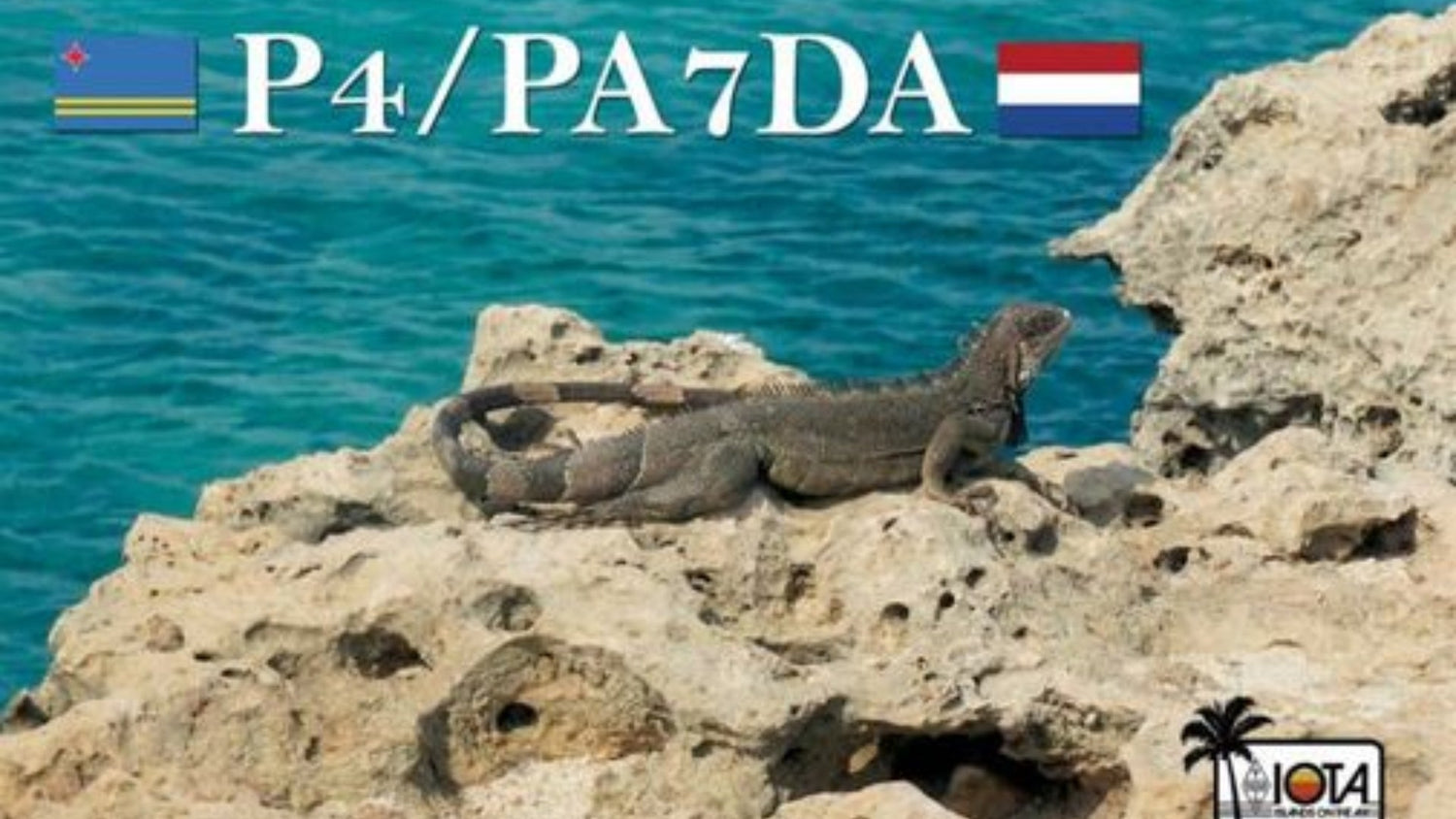


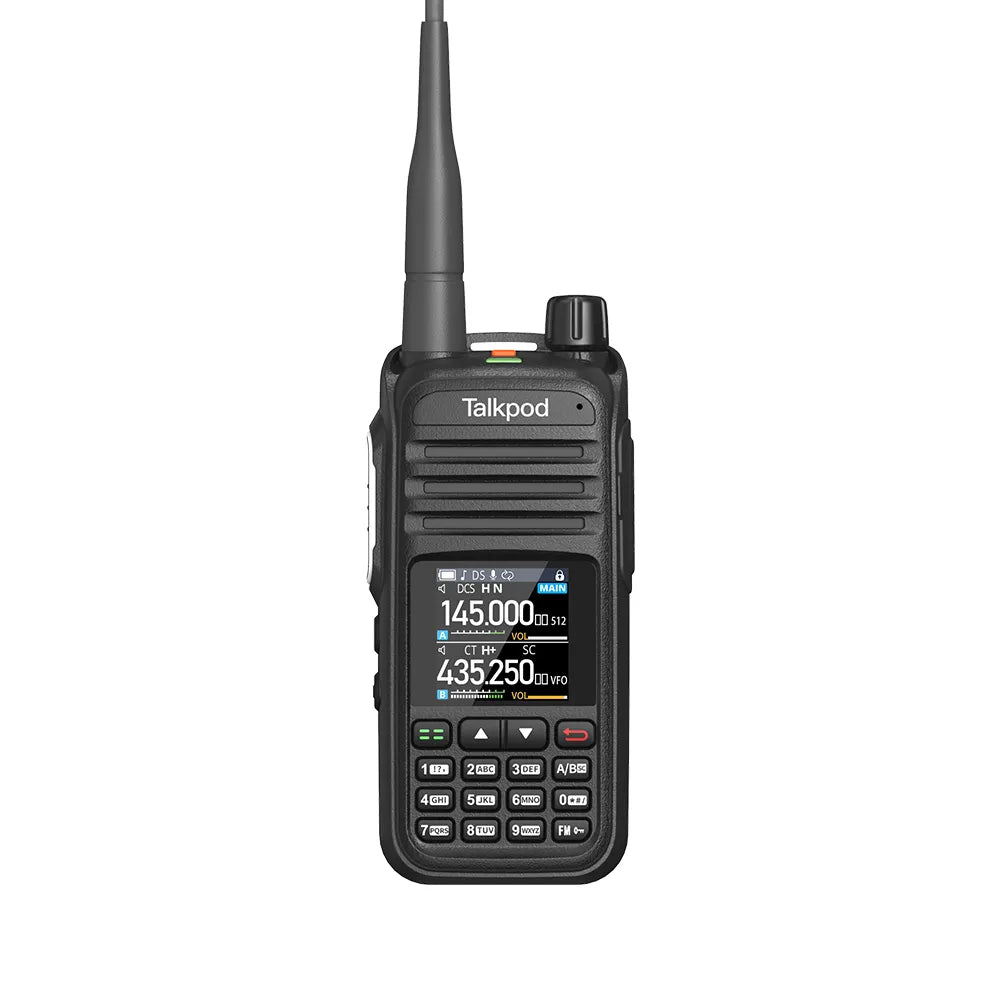
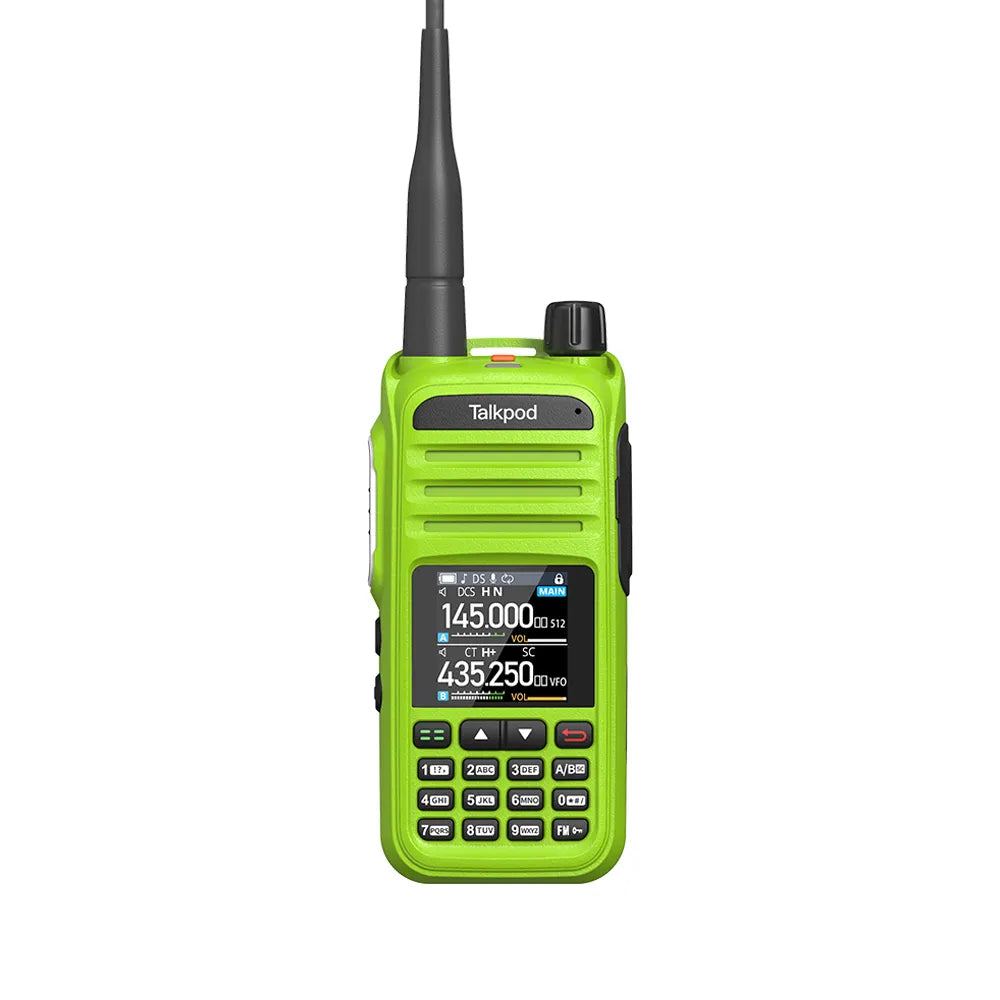
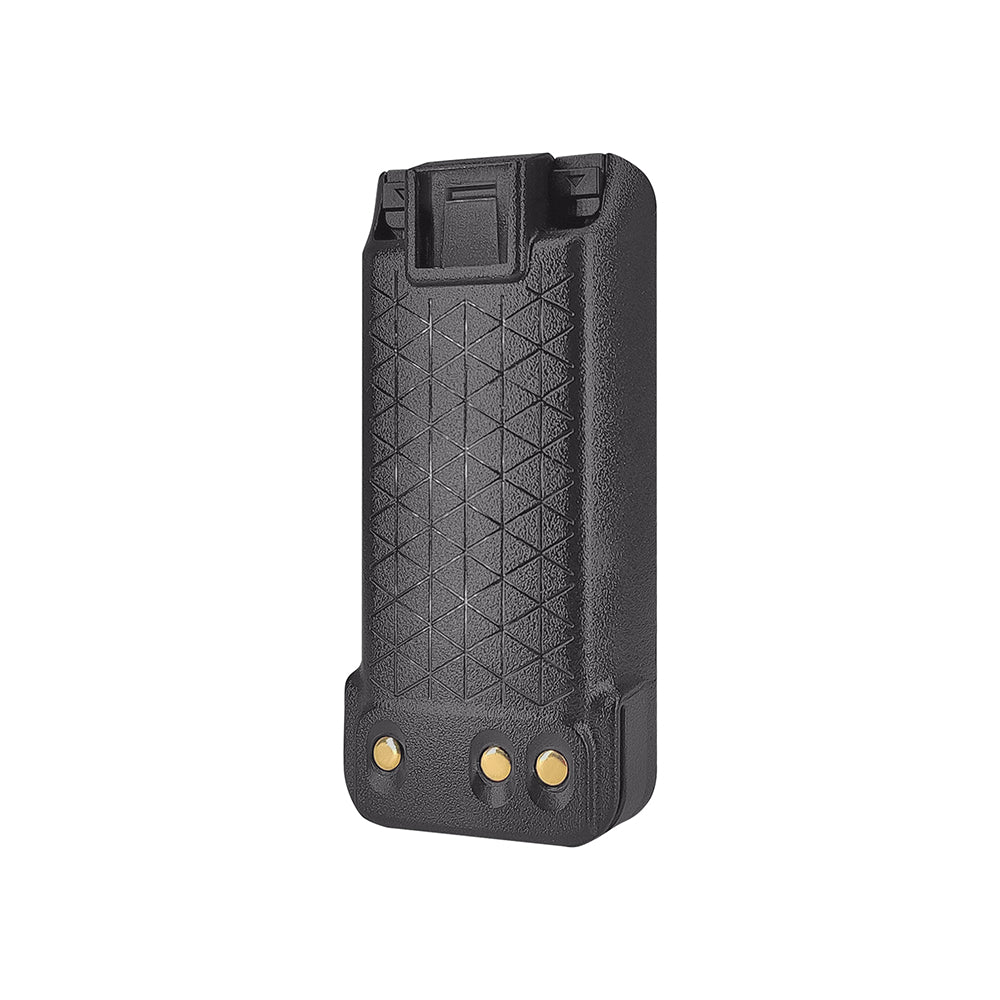
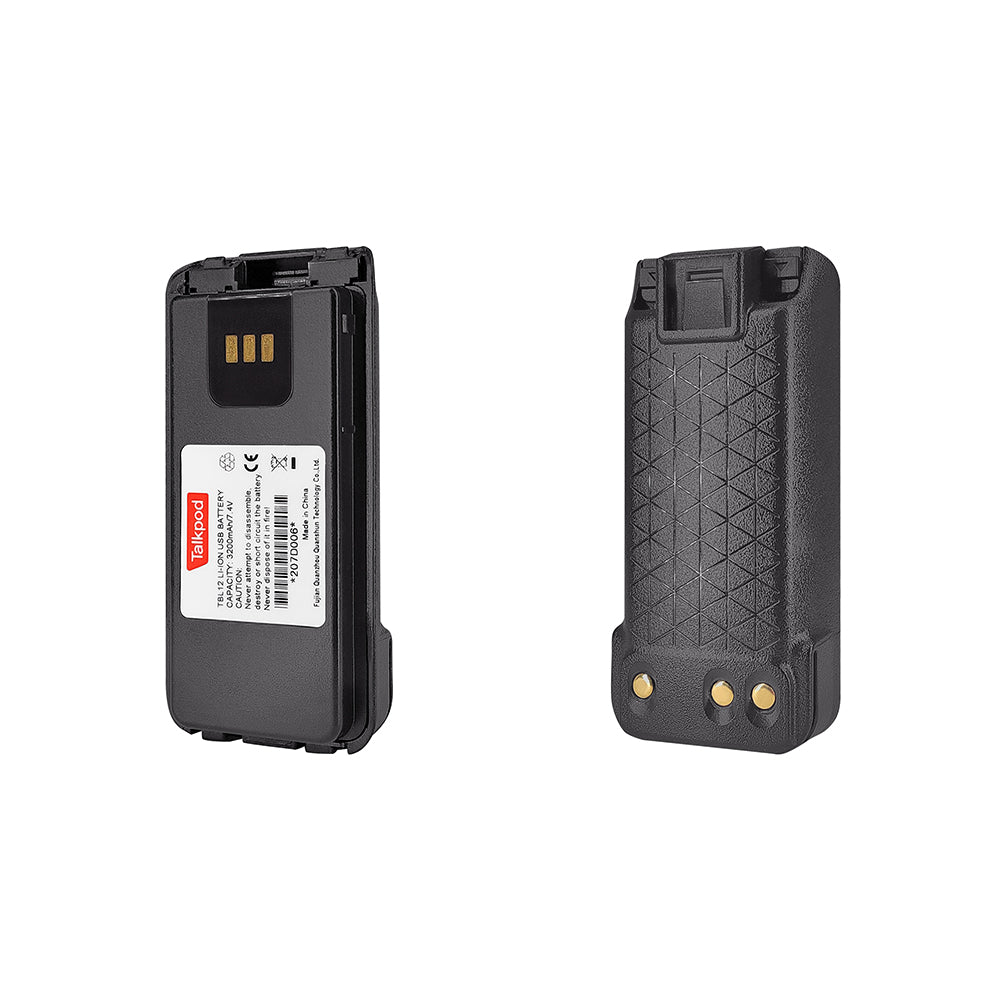
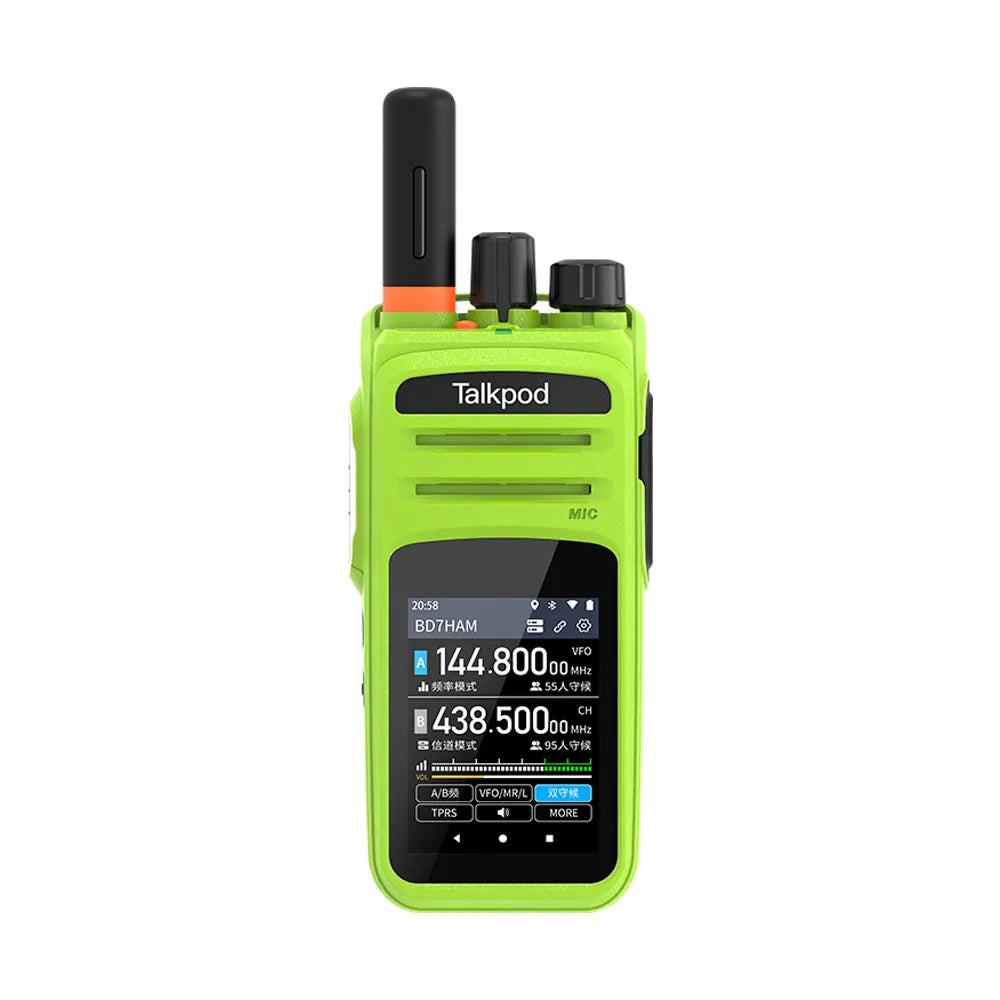
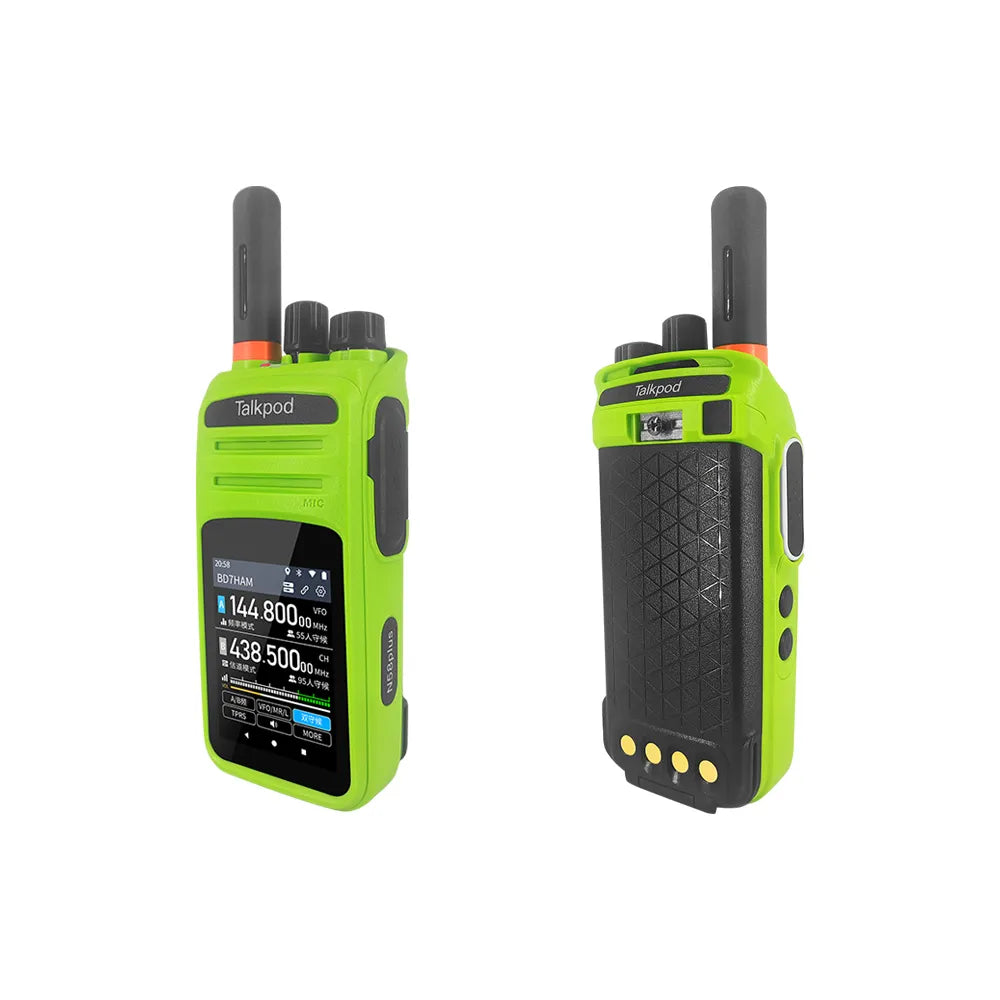
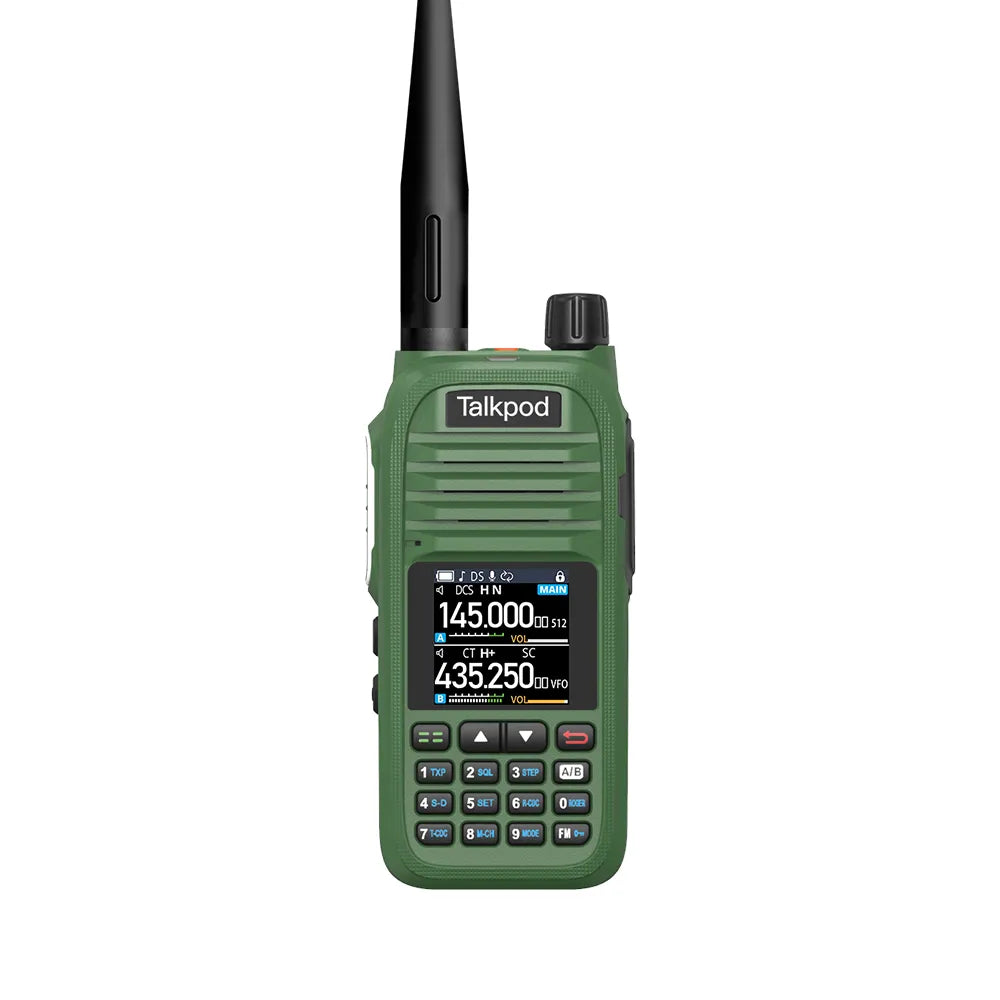

Leave a comment
All comments are moderated before being published.
This site is protected by hCaptcha and the hCaptcha Privacy Policy and Terms of Service apply.